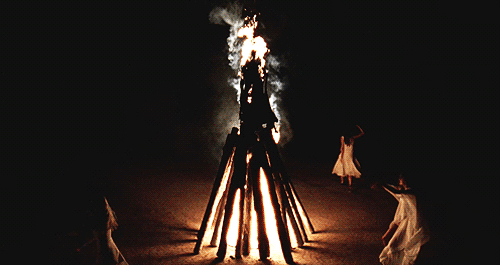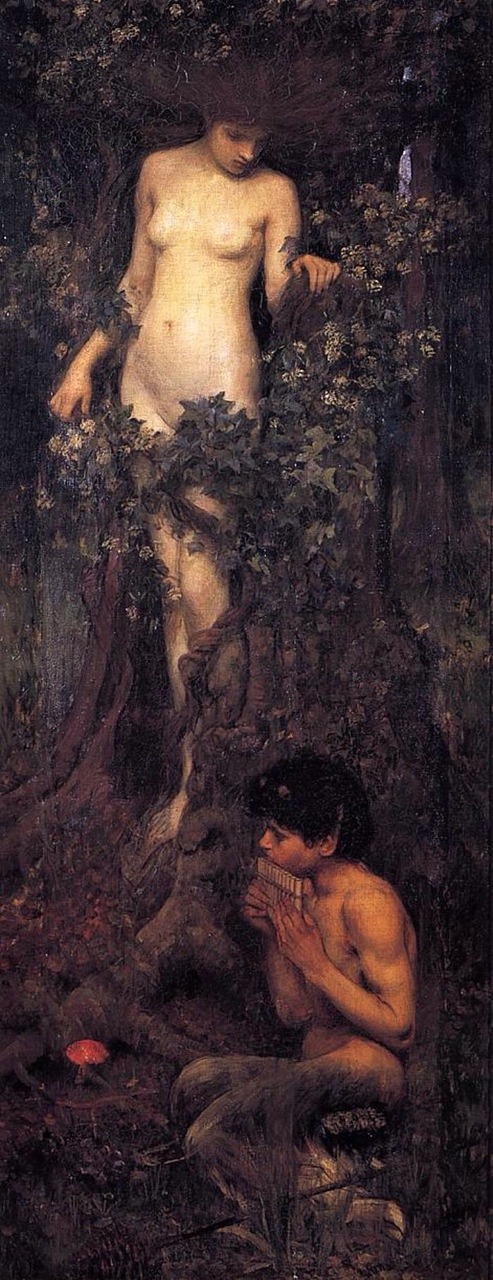Photo



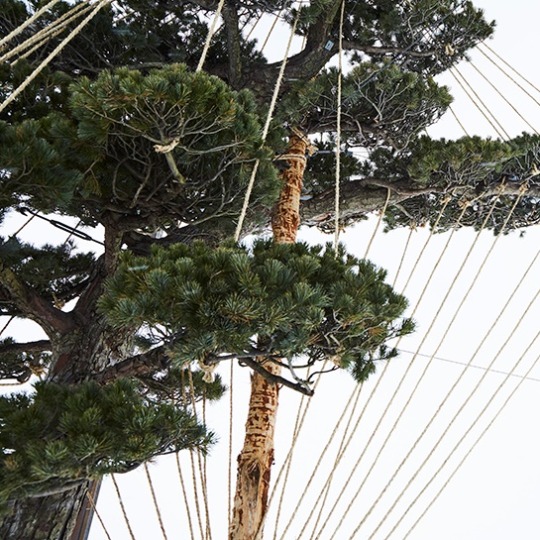






Shiki Tou by Azuma Makoto
In the middle of a snowfield in one of Japan’s coldest geographical areas, artist Azuma Makoto has realized a monumental artwork that builds on his sculptural practice and interest in the botanical world. over the past 10 years, Makoto has been working with open steel frame structures that accommodate carefully suspended bonsai trees within their exposed shell, documenting this sculpture’s journey across the globe. for this latest installation, the artist has scaled up the process on a monumental level, hanging a huge pine tree from a 5 meter cubic iron framework placed in the snow.
Azuma Makoto has set ‘Shiki Tou’ (‘tou’ meaning ‘winter’ in Japanese) in the northern Japanese city of Kawasaki, on Hokkaido Island. the enormous pine is carefully tethered to a huge steel framework by meticulously-tied rope cords and wire bond. suspended above the surface of the snow, the tree’s colossal root formations become visible as they hover just above the earth from which they came. as each moment passes, the sculpture becomes more and more concealed by falling snow — sometimes appearing as an unusually large figure in the distance, when conditions are cold, and other times disappearing almost completely from view. this changing perspective has been documented in a series of photographs seen here.
Follow the Source Link for image sources and more information.
1K notes
·
View notes
Photo


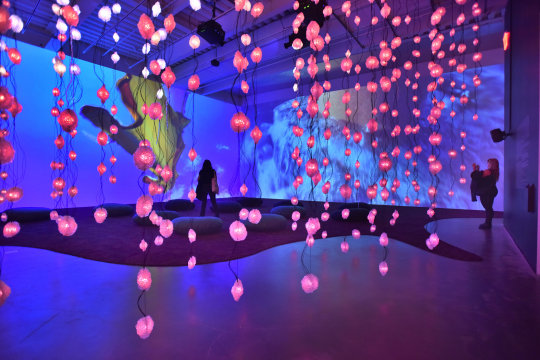

Pipilotti Rist at New Museum through January 15, 2017.
10K notes
·
View notes
Link
Some of my sketches of mythological creatures:

A dryad (/ˈdraɪ.æd/; Greek: Δρυάδες, sing.: Δρυάς) is a tree nymph, or tree spirit, in Greek mythology.
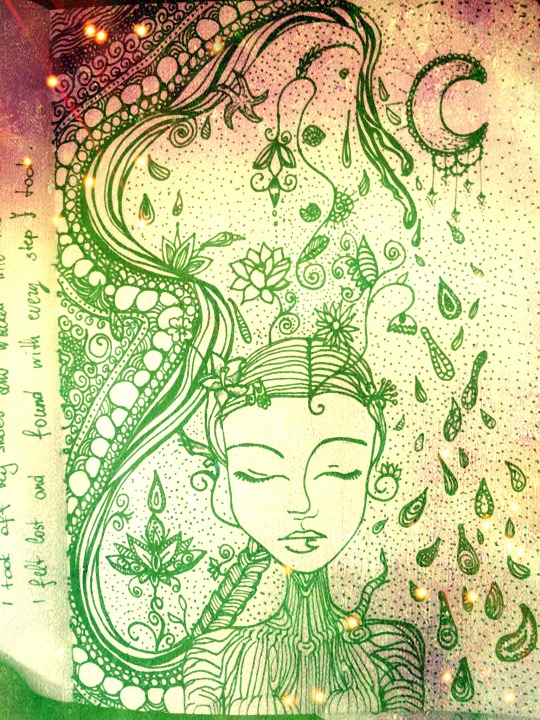
In Greek mythology Medusa (/məˈdjuːzə, məˈd��uː-, -sə/, US /məˈduː-/; Μέδουσα "guardian, protectress") was a monster, a Gorgon, generally described as a winged human female with living venomous snakes in place of hair.
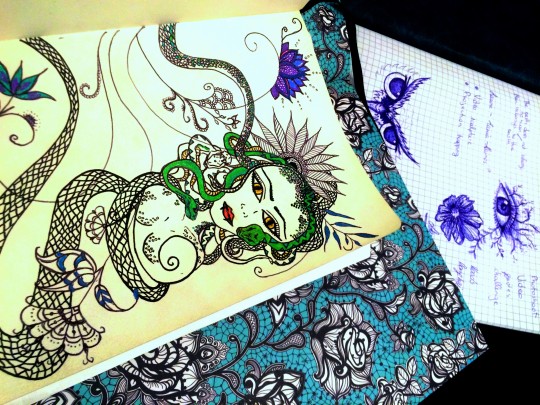
0 notes
Photo
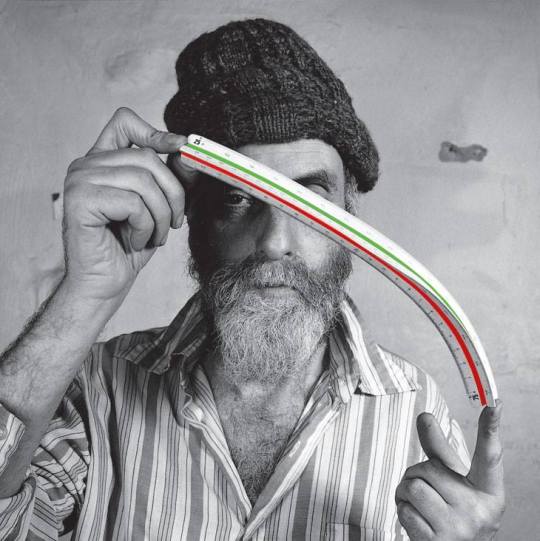
“The straight line is godless and immoral.”
- Friedensreich Hundertwasser, 1958
© 2014 Hundertwasser Archive, Vienna
29 notes
·
View notes
Quote
In 1953 I realized that the straight line leads to the downfall of mankind. But the straight line has become an absolute tyranny. The straight line is something cowardly drawn with a rule, without thought or feeling; it is a line which does not exist in nature. And that the line is the rotten foundation of our doomed civilization. Even if there are certain places where it is recognized that this line is rapidly leading to perdition, its course continues to be plotted. The straight line is godless and immoral.
The straight line is the only uncreative line, the only line which does not suit man as the image of God. The straight line is the forbidden fruit. The straight line is the curse of our civilization. Any design undertaken with the straight line will be stillborn.
Today we are witnessing the triumph of rationalist knowhow and yet, at the same time, we find ourselves confronted with emptiness. An aesthetic void, desert of uniformity, criminal sterility, loss of creative power. Even creativity is prefabricated. We have become impotent. We are no longer able to create. That is our real illiteracy.
from “The Paradise Destroyed by the Straight Line,” Friedensreich Hundertwasser (via outdarethenight)
267 notes
·
View notes
Text
Example folk tale featuring Laumė
Laumės (fairies) and the baby
A woman was harvesting a flower bed and had taken her child with her. She was so busy with her work that the child slept the day through, and she left the little one behind.
The woman went home at the end of the day to milk the cows and make dinner. She served her husband, who asked her "Where’s my son?" With terror she whispered, "I have forgotten him!" She ran as fast as she could to the place in which she left her son, hearing a Laumé speak: "Čiūčia liūlia, forgotten child." The mother, from the distance, asked the Laume for her child back. The fairie said, "Come, come, dear woman, take your child, we have done nothing to him. We know that you work very hard, at many jobs, and that you didn’t want to leave your child behind."
The fairies then went on to shower the babe with much treasure, enough gifts to raise several children upon. The mother went home with her precious baby and with her gifts; she was greeted with great joy.
Another woman, hearing of her good fortune, was taken over by jealousy. She took to thinking, "I shall do the same as her, and also be showered in gifts." The next evening, at dusk, she took her child, left him in the fields and went home. She ate dinner, thoughtlessly, before pausing to think of her child—and the treasure.
When she approached the field, she heard the fairies, "Čiūčia liūlia, you left your child in greed." And the child screamed with such great pain, for he was pinched and tortured mercilessly. They continued their torture until the mother came. The fairies tossed the child at her feet. The baby was dead.
0 notes
Text
Lithuanian pagan goddesses
Lithuanian: Laumė is a woodland fae, and guardian spirit of orphans in Eastern Baltic mythology. Originally a sky spirit, her compassion for human suffering brought her to earth to share our fate.

Laumės can be considered as atmospheric goddesses. It is said that Laumė was a beautiful goddess, who lived in clouds and had a diamond throne. Some myths claimed Laumė was a bride of thunder god Perkūnas; however, they did not marry because Laumė fell in love with the Moon, who was considered a male god in Lithuania. In other stories the bride was stolen by the devil Velnias, named Tuolius. That's why Laumė liked moonshine. In other myth, the bride of Perkūnas was a Laumė called Vaiva. The rainbow was called the ribbon of Vaiva. Despite her marriage she had a beloved singer named Straublys. Straublys had stolen the ribbon of Vaiva. During the rain, Straublys stretches the ribbon of Vaiva across the sky, while Perkūnas is angry and shouts in thunder. It was believed it is the rainbow that cause the rain, while Lithuanian shepherds had a prayer or curse by which the rainbow had to turn to pieces and make the rain go away. The other myth claimed Laumė fell in love with a beautiful young man down to earth. They both had a son named Meilius (name derived from word 'Meilė' - love). Laumė descended to sky to feed her son with her breasts from time to time. However, the highest God found out about the son of sacrilegious love, smashed him into highest place of the sky and gave him a place between stars. After that he cut Laumės breasts, and so, stone pieces of it can be found on Earth.
Laumės descended from sky to Earth. They lived near by lakes, abandoned bath-houses, in islands of lakes or dense forests. Lots of names of water pools in Lithuania are named after word Laumė. Laumės liked to gather near rivers, lakes, swamps, in meadows, there dew fell in night in New Moon or Full Moon. They danced and enjoyed themselves, leaving circles (like Fairy Ring) in the grass. Usually, Laumės were most powerful at Friday of New Moon, at the most rainy days of month in Lithuania. Laumės could cause hail, storm or rain by singing, dancing or by curses. Laumės song was traditionally performed during weddings up until the 19th century. The song was performed by girls dancing in circle, with one in the middle. The dance and song was also said to cause rain.
Later on, Laumės were depicted as very beautiful women, who appeared both naked or wearing a very fine clothing. The Rainbow was often called a ribbon lost by Laumės. What's how they were associated with weaving. Laumės usually appeared in groups of three. They were able to do women’s work perfectly, as are especially skilled in weaving and spinning. They love children, respect industriousness and help those in need. They punish those who ridicule them, and those who are lazy.
0 notes
Link
0 notes
Text
Me shooting my video for the final piece at Hampstead Pergola


Sneak peak
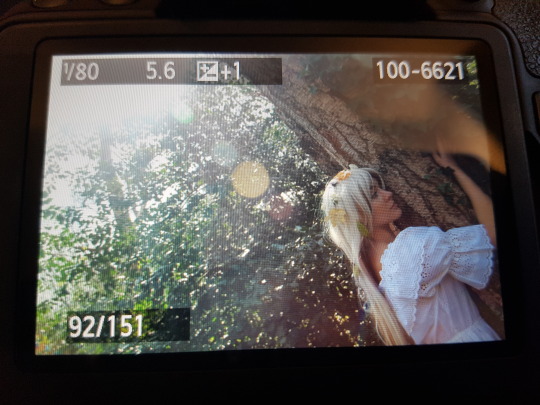
0 notes
Text
Nature in the City
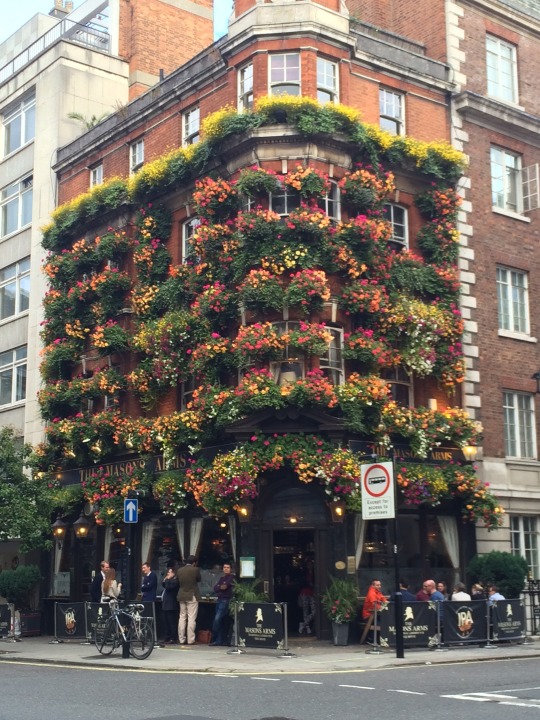
The Masons Arms, 58 Devonshire Street, London W1W 5EA, England

Neal's Yard, Seven Dials, Covent Garden, London, LondonWC2H, England
Two beautiful places in London that reminded me about Friedensreich Hundertwasser. Austrian-born New Zealand artist and architect who worked also in the field of environmental protection.
“TREE TENANTS ARE THE AMBASSADORS OF THE FREE FORESTS IN THE CITY. Tree tenants can be seen from far away and benefit many people, also those who walk around the house and dwell nearby.
The tree tenant symbolises a turn in human history because he regains his rank as an important partner of man. The relationship man - vegetation must have again religious dimensions. Only if you love the tree like yourself you will survive.
We suffocate in our cities through poison and lack of oxygen. We destroy systematically the vegetation which gives us life and lets us breathe. We walk alongside grey and sterile facades of houses. It is our duty to reinstall the rights of nature with all means. “ - Friedensreich Hundertwasser
0 notes
Text
Unforgettable experience KunstHausWien
The KunstHausWien is a museum in Vienna, designed by the artist Friedensreich Hundertwasser which I had the opportunity to visit during my stay in Austria. This museum in the Landstraße district houses the world's only permanent exhibition of Hundertwasser's works, and also hosts regular temporary exhibitions of other artists. The KunstHausWien operates as a private business and does not receive any government aid.In 2009 the KunstHausWien received 174,000 visitors.

The odd museum, which houses the work of artist and architect Friedensreich Hundertwasser, is characterized by its bumpy, mosaic-lined facade, irregular floor, green roof and "tree tenants" that grow right out of it!
0 notes
Text
Warm and inviting

Rebecca Hossack Art Gallery
28 Charlotte St, Marylebone, London W1T 2NF
2a Conway St, Fitzroy Square, Fitzrovia, London W1T 6BA
0 notes
Text
Baltic mythology concept
Pallid moon is gleaming, reflecting on the dark still lake rimmed by the crown of tall pine trees. The grass around them rustles as several pairs of feet gather in a circle near the lake. Naked, pale. Knee-long hair swaying gently. Laumės join hands and start the rite, singing the rain chant. Tender mist overlies the woods.
0 notes
Photo

Little findings in the streets of London
Photos taken around London.
A little reminder that now and then its good to get lost and notice things around you.
Top left London Shoreditch street art
Top right London Richmond park three Asian girls taking selfies of themselves
Bottom left Berner st London
Bottom right Waterloo Rd ‘Southbank Mosaics’
1 note
·
View note
